Inner Mongolia Weather in March
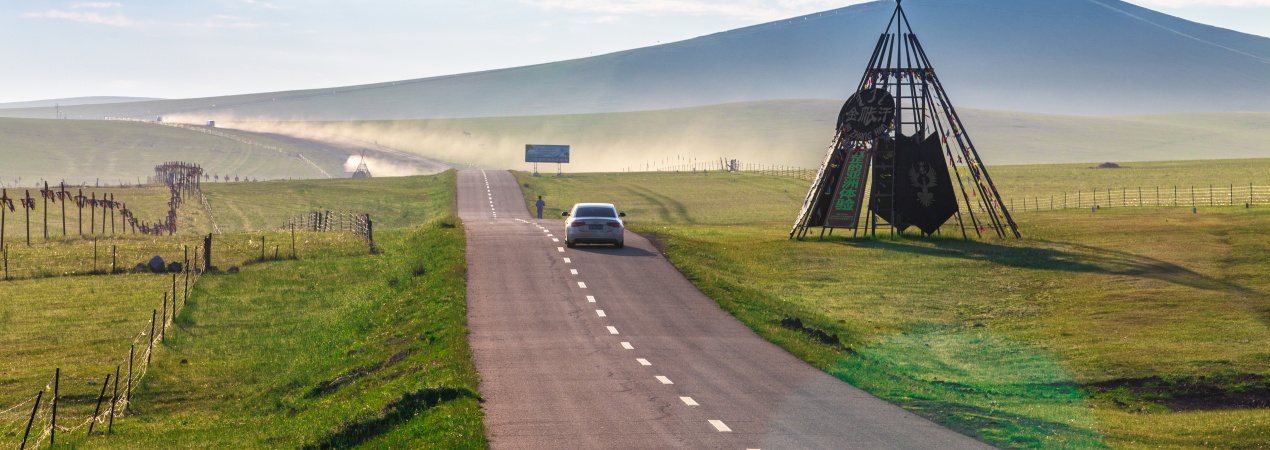
This guide has Inner Mongolia's March weather by region, along with dressing tips and travel ideas. It tells about temperature differences, suggests "onion-style layering" for different areas, and recommends things to do like visiting forests and trying desert activities.
Weather Overview of Various Regions in Inner Mongolia
In March, Inner Mongolia gets noticeably warmer, but regions still have big temperature differences. The eastern part is still cool, with a minimum temperature of -28℃; the central-western transitional zone has a milder minimum of -8℃; the western part is the mildest—it has a minimum of -9℃ and a highest maximum of 25℃, which shows the clearest spring warmth.
Eastern Inner Mongolia(Hulunbuir,Hinggan League,Tongliao,Chifeng)| Average Maximum | Average Minimum | Highest Maximum | Lowest Minimum | |
| ℃ | -3.2° | -14.5° | 10° | -28° |
| ℉ | 26.2° | 5.9° | 50.0° | -18.4° |
| Average Maximum | Average Minimum | Highest Maximum | Lowest Minimum | |
| ℃ | 10.6° | -2.3° | 18° | -8° |
| ℉ | 51.1° | 27.9° | 64.4° | 17.6° |
| Average Maximum | Average Minimum | Highest Maximum | Lowest Minimum | |
| ℃ | 11.7° | -1.9° | 25° | -9° |
| ℉ | 53.1° | 28.6° | 77° | 15.8° |
What to Wear in March?
In March, dress in Inner Mongolia using the "onion-style layering" for its east-west temperature gaps, sharp day-night changes and frequent wind-sand. Eastern Inner Mongolia stays cold (-28°C to 10°C): wear quick-drying thermals, thick wool/fleece, a hooded down coat, plus ear-covering hats, fleece gloves and waterproof boots; add a wind mask in snow/wind. Central-western areas (-8°C to 18°C) need windproof jackets/removable-liner down coats, light wool sweaters, quick-drying innerwear, fleece-lined Martin boots and knitted hats. Western areas (-9°C to 25°C) suit windproof/light down jackets over long-sleeve tees, with dust masks, sunglasses, breathable shoes and light scarves for morning and evening.
Touring Inner Mongolia in March
In March, there is still residual snow in eastern Inner Mongolia. You can visit the Greater Khingan Range to explore the early spring forest, or wait for the azalea blossoms to start blooming—be sure to bring a thick down jacket to fend off the cold. The central-western region is getting warmer, coinciding with events like the Wusutu Apricot Blossom Season and Kite Art Festival. You can go for walks and enjoy flowers during the day, but need an extra coat at night; you can also experience intangible cultural heritage customs. The western region is most suitable for traveling: you can try desert activities at Whistling Dune Bay and feel the blend of city and culture in Kangbashi New District. However, prepare a dust mask for sandstorms, and a thin scarf for morning and evening.
Drop us a line and we'll connect you with the top China expert in no time!
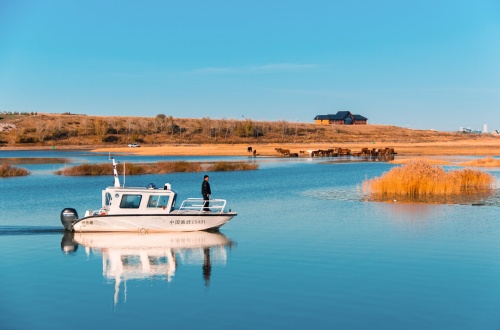 Hulun Lake
Hulun Lake 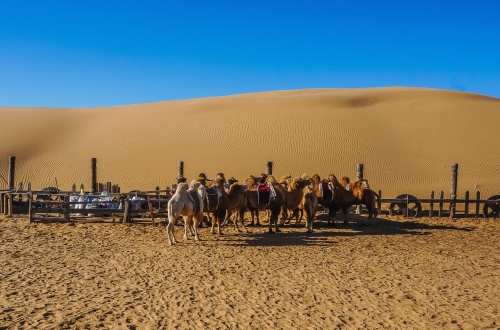 Whistling Dune Bay
Whistling Dune Bay 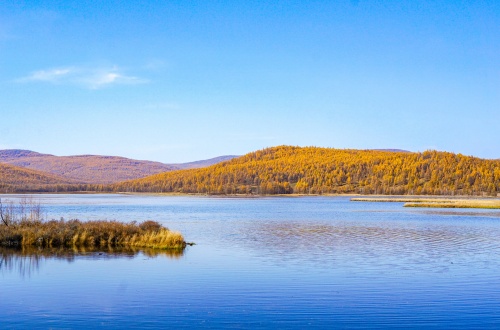 Arxan National Forest Park
Arxan National Forest Park 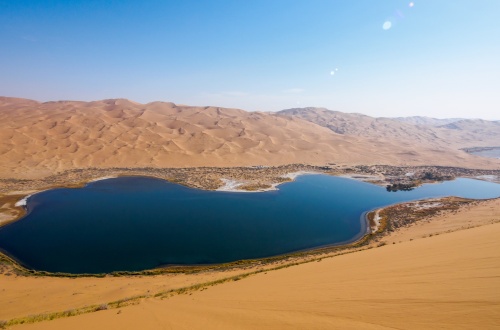 Badain Jaran Desert
Badain Jaran Desert